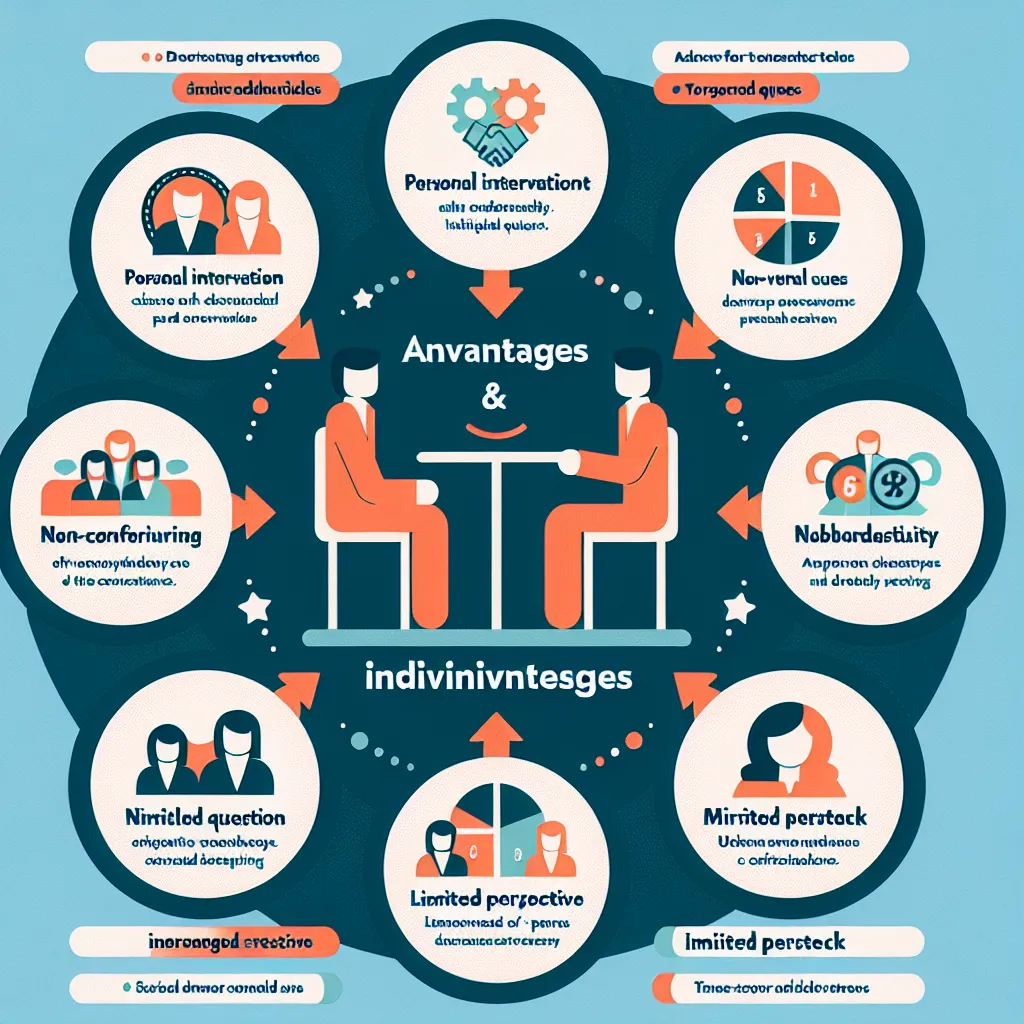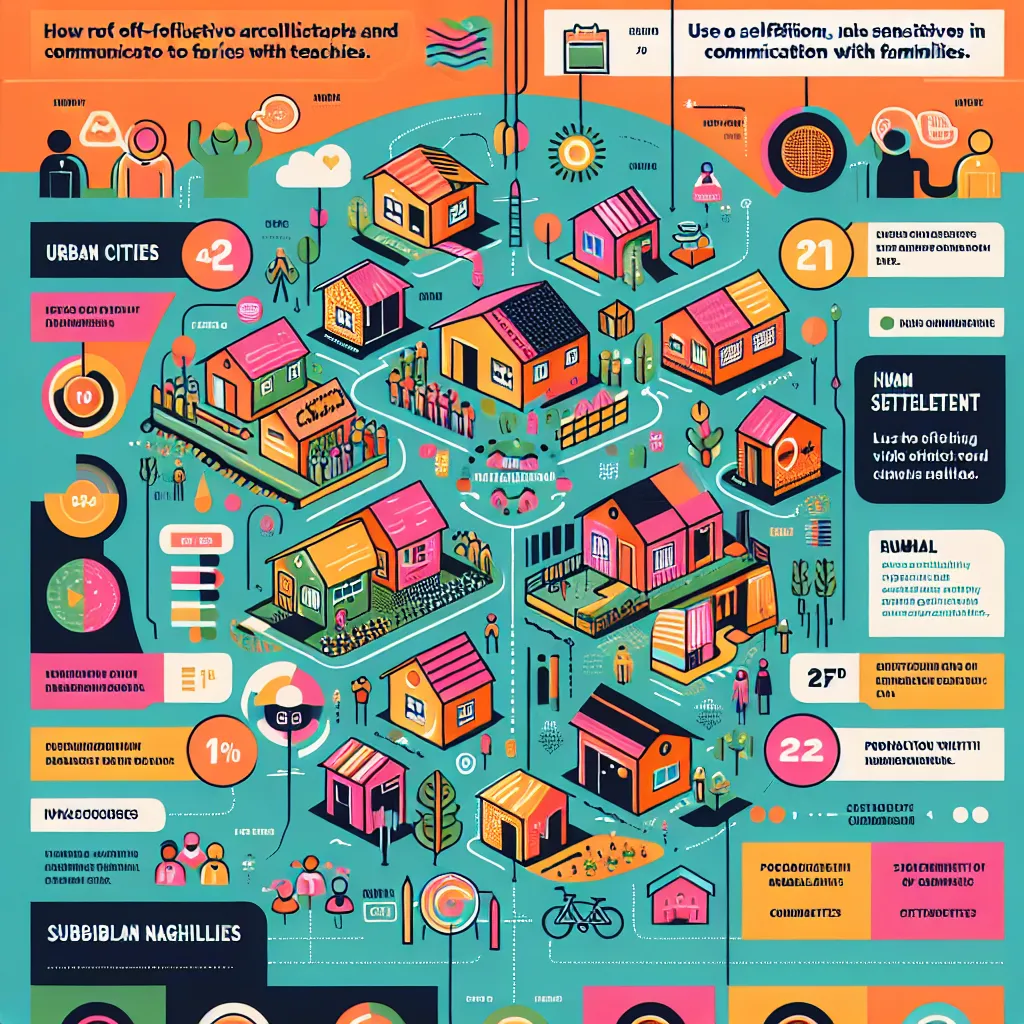Ask AI on The Internet
Question: The semi-structured interview design allows for the respondent, or person being interviewed, to deviate from the researcher's set questions and potentially illuminate experiences the researcher had not considered and to pose follow-up questions.
Absolutely! The semi-structured interview design is a versatile and effective tool in qualitative research. It strikes a balance between structured and unstructured interviews, providing both guidance and flexibility. Here are some key benefits and tips for conducting semi-structured interviews: ### Benefits: 1. **Flexibility**: While there is a set of prepared questions, it allows the interviewer to adapt and follow interesting or unexpected topics that emerge during the conversation. 2. **Depth of Data**: Respondents can elaborate on their answers, providing richer, more detailed information. 3. **Adaptability**: Since the interviewer can adjust based on the respondent's answers, they can explore areas that are particularly relevant to that individual. 4. **Respondent Comfort**: Allows the conversation to flow more naturally, which can make respondents feel more comfortable and open up more. ### Tips for Conducting Semi-Structured Interviews: 1. **Prepare a Guide**: Start with a list of key questions and topics you want to cover, but be prepared to veer off script based on the respondent’s answers. 2. **Listen Actively**: Pay close attention to the respondent’s answers so you can ask meaningful follow-up questions. 3. **Probe Deeply**: Use probing questions like "Can you tell me more about that?" or "How did that make you feel?" to encourage respondents to share more detailed information. 4. **Be Neutral**: Avoid leading questions that might bias the respondent's answers. Aim to be as neutral as possible to get genuine responses. 5. **Build Rapport**: Establish a comfortable environment and rapport with the interviewee to encourage openness. This can be done through small talk before diving into the main questions. 6. **Document Thoroughly**: Record the interview (with permission) and/or take detailed notes so you can review and analyze the information later. 7. **Follow-Up Questions**: Be ready with follow-up questions that dive deeper into a respondent’s initial answer or bring out more detail about a specific aspect of their experience. By combining structured preparation with the flexibility to explore new topics that arise, semi-structured interviews can yield rich, detailed insights that might be missed with a more rigid approach.
Think your answer is better than the AI's? Post it below.
Other Most Relevant Posts:
 Exploring Uncharted Territories: The Power of Semi-Structured Interviews in Capturing Unique Insights
Exploring Uncharted Territories: The Power of Semi-Structured Interviews in Capturing Unique Insights
 Advantages of Individual Interviews: Personal Interaction, In-Depth Assessment, Communication Skills Evaluation, Immediate Feedback, Cultural Fit Determination
Disadvantages of Individual Interv
Advantages of Individual Interviews: Personal Interaction, In-Depth Assessment, Communication Skills Evaluation, Immediate Feedback, Cultural Fit Determination
Disadvantages of Individual Interv
Question Tags
If you want your question answered by an AI, click here.





Post your own comment: